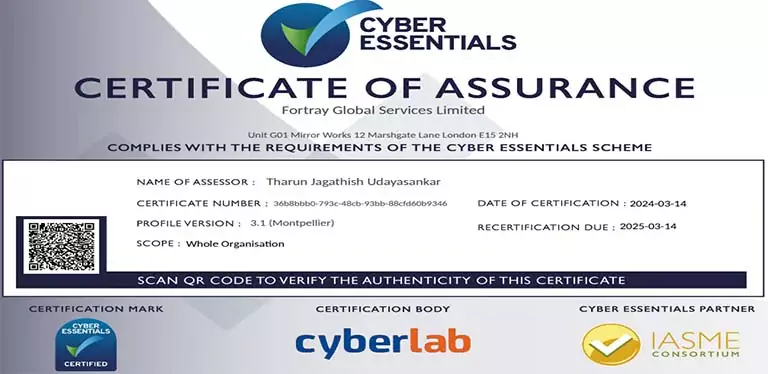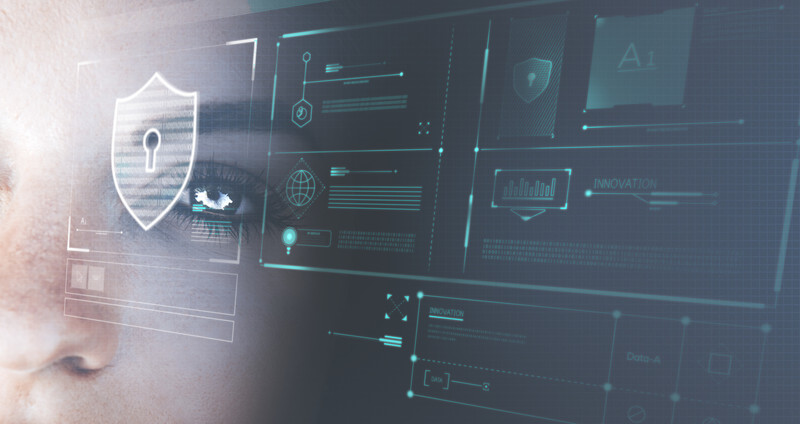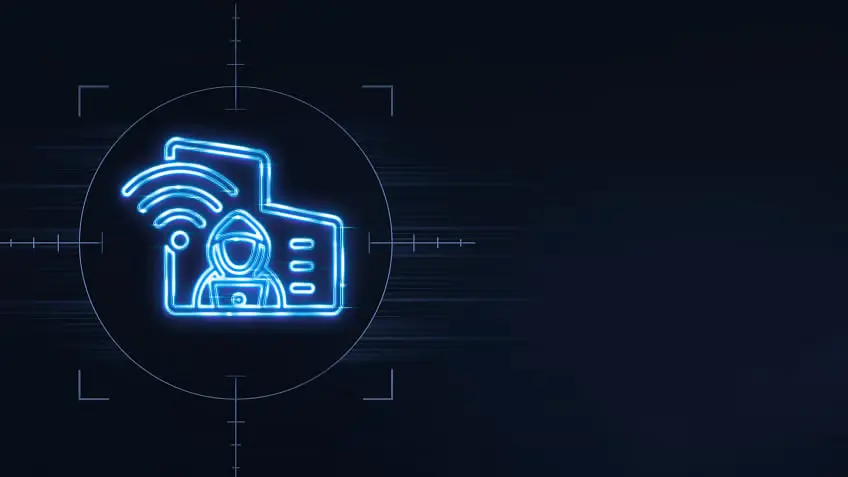In an era where our lives are increasingly intertwined with technology, the shadow of cyber threats looms larger than ever. From sophisticated AI-driven attacks to vulnerabilities in everyday IoT devices, the cybersecurity landscape is in a constant state of flux. As cybercriminals evolve, so must our defenses. This dynamic environment is creating unprecedented demand for skilled cybersecurity analysts and professionals like you who can navigate and mitigate these threats. Your role in understanding and adapting to these trends is crucial. Find out the latest trends shaping cybersecurity and discover how you can stay ahead in this ever-changing battle
1. Artificial Intelligence and Machine learning
Artificial Intelligence and Machine Learning are revolutionizing cybersecurity. These powerful technologies are being integrated into security systems to enhance threat detection, response times, and overall security management. AI and ML algorithms can analyze vast amounts of data at unprecedented speeds, identifying patterns and anomalies that might indicate a security breach. This allows for proactive threat detection and automated responses, significantly reducing the time it takes to mitigate potential threats. The potential of Artificial Intelligence and Machine Learning in enhancing security is not just immense, it's inspiring, instilling confidence in the future of cybersecurity.
AI-driven cybersecurity tools can also adapt and learn from new types of attacks, improving their efficacy over time. For instance, they can detect and neutralize zero-day exploits – previously unknown vulnerabilities that hackers can exploit before developers have a chance to address them.
2. Cloud Security
With the increasing adoption of cloud services, cloud security has become a critical security area. Organizations are migrating their data and applications to the cloud to leverage scalability, flexibility, and cost efficiency. However, this shift also introduces new security challenges that we must know. Some pressing concerns are Ensuring data security in transit and at rest, managing access controls, and maintaining compliance with various regulations. But, rest assured, solutions are being developed to address these challenges.
Innovations in cloud security, such as advanced encryption techniques and secure access service edge SASE frameworks, are being developed to address these challenges. SASE integrates wide area networking with comprehensive security services, providing a unified, secure cloud-native solution that simplifies the protection of cloud environments.
3. Zero Trust Architecture
The Zero Trust model is gaining traction as a robust cybersecurity strategy. Unlike traditional security models, which assume everything inside an organization’s network is trustworthy, Zero Trust operates on the principle of “never trust, always verify.” This means that every access request is thoroughly vetted, regardless of whether it originates from inside or outside the network.
Implementing Zero Trust involves continuous monitoring and validation of user identities, as well as device and network security postures. This approach minimizes the risk of internal threats and lateral movement within the network, making it harder for attackers to exploit vulnerabilities once they breach the perimeter.
4. Internet of Things (IoT) Security
The proliferation of IoT devices has created a vast new attack surface for cybercriminals. From smart home devices to industrial control systems, IoT devices often lack robust security measures, making them attractive targets for attackers. The industry is responding with enhanced IoT security protocols and frameworks to safeguard these devices.
End-to-end encryption, regular software updates, and strong authentication mechanisms are essential components of IoT security. Developing IoT-specific security standards and guidelines also helps manufacturers incorporate security into the design phase rather than as an afterthought.
5. Cybersecurity Skills Storage
The growing complexity of the cybersecurity landscape has highlighted a significant skills shortage in the industry. There is a high demand for skilled professionals who can design, implement, and manage advanced security systems. This shortage is prompting organizations to invest in training and development programs to build a robust cybersecurity workforce.
Educational institutions and online platforms are also expanding their cybersecurity curricula, offering specialized courses and certifications to equip the next generation of cybersecurity experts. Additionally, automation and AI are being leveraged to augment human capabilities, allowing security teams to focus on more strategic tasks while intelligent systems handle routine processes.
6. Regulatory Compliance and Data Privacy
As cyber threats become more sophisticated, regulatory bodies enact stricter data protection and privacy laws worldwide. Regulations such as the General Data Protection Regulation (GDPR) in Europe and the California Consumer Privacy Act (CCPA) in the United States mandate stringent data protection and breach notification measures.
Organizations must ensure compliance with these regulations to avoid hefty fines and reputational damage. This involves implementing comprehensive data protection strategies, conducting regular audits, and staying abreast of evolving legal requirements. Regulatory compliance is a legal obligation critical to building trust with customers and stakeholders.
7. Cyber Threat Intelligence
Cyber Threat Intelligence (CTI) is becoming a cornerstone of modern cybersecurity strategies and cybersecurity threat management. CTI involves collecting and analyzing data about current and emerging threats. By understanding cyber adversaries' tactics, techniques, and procedures (TTPs), organizations can better prepare and defend against potential attacks.
Conclusion – Seize the Opportunity with Fortray’s Cybersecurity Certifications
Rapid technological advancements and evolving threats define the future of cybersecurity. As AI, cloud computing, Zero Trust models, IoT security, and CTI continue to develop, they offer promising solutions to bolster defenses. However, the cybersecurity skills gap and regulatory pressures remain significant challenges that must be addressed.
With these trends driving high demand for skilled cybersecurity professionals, there has never been a better time to advance your career in this field. Fortray offers a comprehensive cybersecurity certifications list tailored to current industry needs, including:
- Network Cyber Security Engineer
- Network Cyber Security Expert
- Cyber Security Analyst
- Cyber Security Engineer
- Cyber Security Pentest Engineer
Fortray’s cybersecurity certifications list is designed to be flexible in terms of time and fee, making it easier for you to gain the skills and credentials required to excel in today’s fast-paced cybersecurity landscape. Equip yourself with the knowledge and expertise to stay ahead of cyber threats and become an invaluable asset to any organization.
Learn more about our cybersecurity programs and take the next step in your cybersecurity career with Fortray today!








